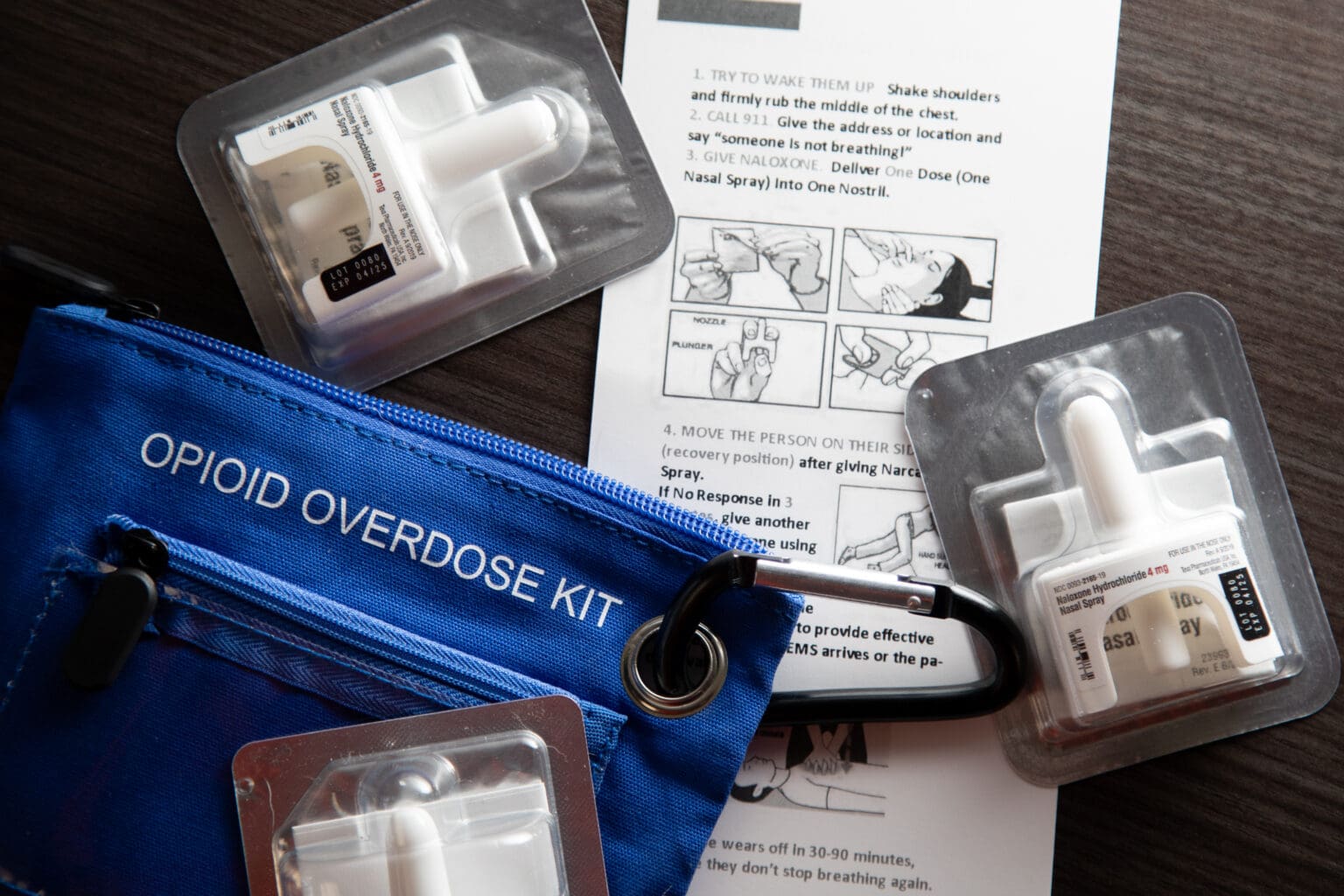Overdoses are common for those who suffer from substance use disorder, especially with the introduction of fentanyl, a synthetic opioid.
Opioids are a class of drug that target the opioid receptors in the brain and help with pain relief. They’re available by prescription such as oxycodone, hydrocodone and morphine, and are also common illicit substances like heroin and fentanyl.
In comparison, fentanyl is 100 times more potent than morphine. Two milligrams of fentanyl can be lethal depending on a person’s body size, tolerance and past usage.
Here’s what happens when too much of a drug is used:
In an overdose, the opioid overwhelms the receptors in the part of the brain that controls a person’s autonomic breathing. As a victim loses consciousness, breathing starts to fail, depriving all systems of oxygen, which can lead to cardiac arrest and death. Brain damage can begin after about four minutes without oxygen — and death soon after.
Signs of an overdose can include: small pupils, shallow breathing, vomiting, inability to speak, faint heartbeat, limp arms and legs, pale skin, and possible purple lips and nails.
[ Read more: What to do if you see a suspected overdose ]
When an emergency medical services (EMS) rig arrives to treat an unconscious victim of a suspected overdose, the medics typically focus on breathing for the patient. As long as the person’s heart is still beating, chest compressions are not necessary for survival.
During an overdose, naloxone, commonly called Narcan, is often administered by EMS personnel or by bystanders. Naloxone is a drug, typically a nasal spray, that can reverse an opioid overdose by essentially kicking the opioids off the receptors, freeing them to control normal operations, such as breathing.
[ Read more: Everyone should carry naloxone. Here’s how to get it ]
The issue with fentanyl is that it’s lipophilic, meaning it gets stored in the fat. Small amounts can be released over time from those fat cells.
When the fat cells re-release fentanyl or if enough of the initial dose remains, the patient can fall back into an overdose, which may necessitate another dose of naloxone, the efficacy of which fades after 30 to 90 minutes.
First responders frequently treat overdose patients who’ve received multiple Narcan doses before they arrive, often from stressed bystanders. The drug might take two to three minutes to take effect.
Experts say repeated use of naloxone has very few negative impacts on the body. The drug only interacts with opioids and no other medications.
While naloxone is a life-saving drug, overdoses are still difficult on the body. They can lead to physical and cognitive decline, especially if they happen repeatedly, according to experts.
Sources:
- Shannon Boustead, a Bellingham family medicine doctor who specializes in addiction medicine at Sea Mar
- Scott Ryckman, the Division Chief of EMS for the Bellingham Fire Department
- National Institute on Drug Abuse
- U.S. Drug Enforcement Agency
Hailey Hoffman is a CDN visual journalist; reach her at haileyhoffman@cascadiadaily.com; 360-922-3090 ext. 103.




